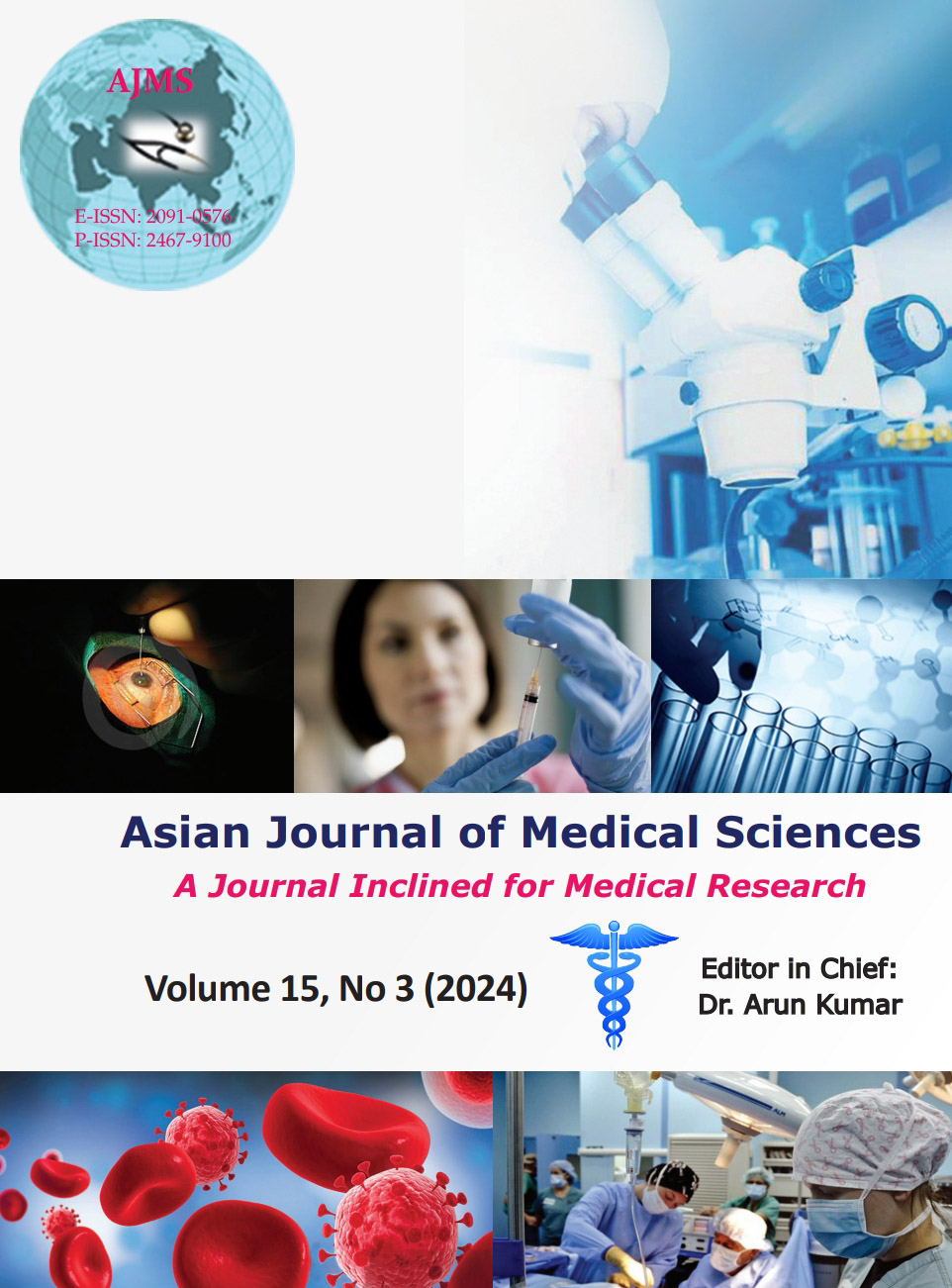A prospective comparative study of the intraoperative difficulties during laparoscopic cholecystectomy in patients taking homeopathic medications for cholelithiasis versus cholelithiasis patients with no history of homeopathic medication
Keywords:
Laparoscopic cholecystectomy; History of Gallbladder; Gallstone diseaseAbstract
Background: Gallstone disease is one of the most prevalent gastrointestinal diseases with a substantial burden to health-care systems. Patients present with right upper quadrant pain, dyspepsia, nausea or vomiting. Owing to the side effects of allopathic drugs, many patients resort to homeopathic treatment for relief of pain. There are several homeopathic drugs that decrease the pain of cholecystitis as well as high cholesterol in these patients but cannot cure them off the disease. Finally, they come to general surgeon for cholecystectomy. We have noticed that performing laparoscopic cholecystectomy (LC) in these patients is difficult and time consuming.
Aims and Objectives: To determine whether or not homeopathic medicine intake for treatment of cholelithiasis act as an independent factor that leads to intraoperative difficulties during LC.
Materials and Methods: Study design: A prospective randomized comparative study. Study period: July 2022–December 2023 (18 months). Study groups: Group H = Patients with history of (H/O) intake of homeopathic medicines for treatment of cholelithiasis = 60 patients, Group N = Patients with no H/O homeopathic medicine intake = 60 patients.
Results: Twenty-six (43.33%) patients in Group H and 11 (18.33%) patients in Group N had a difficult LC. 7 (11.67%) patients in Group H and 1 (1.67%) patient in Group N had dense adhesions around the gallbladder (GB). 13 (21.67%) patients of Group H and 3 (5%) patients of Group N had a Frozen Calot’s Triangle (fibrosis and difficult Calot’s triangle dissection). This was statistically significant.
Conclusion: Our study proved that intake of homeopathic medications for the treatment of cholelithiasis leads to dense adhesions around GB as well as fibrotic adhesions leading to difficult Calot’s triangle dissection leading to a difficult LC.
Downloads
Downloads
Published
How to Cite
Issue
Section
License
Copyright (c) 2023 Asian Journal of Medical Sciences

This work is licensed under a Creative Commons Attribution-NonCommercial 4.0 International License.
Authors who publish with this journal agree to the following terms:
- The journal holds copyright and publishes the work under a Creative Commons CC-BY-NC license that permits use, distribution and reprduction in any medium, provided the original work is properly cited and is not used for commercial purposes. The journal should be recognised as the original publisher of this work.
- Authors are able to enter into separate, additional contractual arrangements for the non-exclusive distribution of the journal's published version of the work (e.g., post it to an institutional repository or publish it in a book), with an acknowledgement of its initial publication in this journal.
- Authors are permitted and encouraged to post their work online (e.g., in institutional repositories or on their website) prior to and during the submission process, as it can lead to productive exchanges, as well as earlier and greater citation of published work (See The Effect of Open Access).




